Table of Contents
Lab-Grown Meat Enters the Mainstream Market

In June 2023, the United States approved the sale of cultivated chicken by companies such as Upside Foods and Good Meat, marking a significant milestone for alternative protein sources. This revolutionary food production method creates real meat from animal cells without raising and slaughtering animals, dramatically reducing environmental impact. The technology eliminates the need for massive amounts of land, water, and feed typically required for traditional livestock farming.
What makes this trend particularly fascinating is its potential to significantly reduce environmental footprints while maintaining the taste and nutritional profile that consumers expect from meat. Companies are now scaling production facilities and working to reduce costs, making lab-grown meat more accessible to everyday consumers. This shift represents more than just a new food category – it’s redefining how we think about meat production for the twenty-first century.
Vertical Farming Reaches Profitability Breakthrough
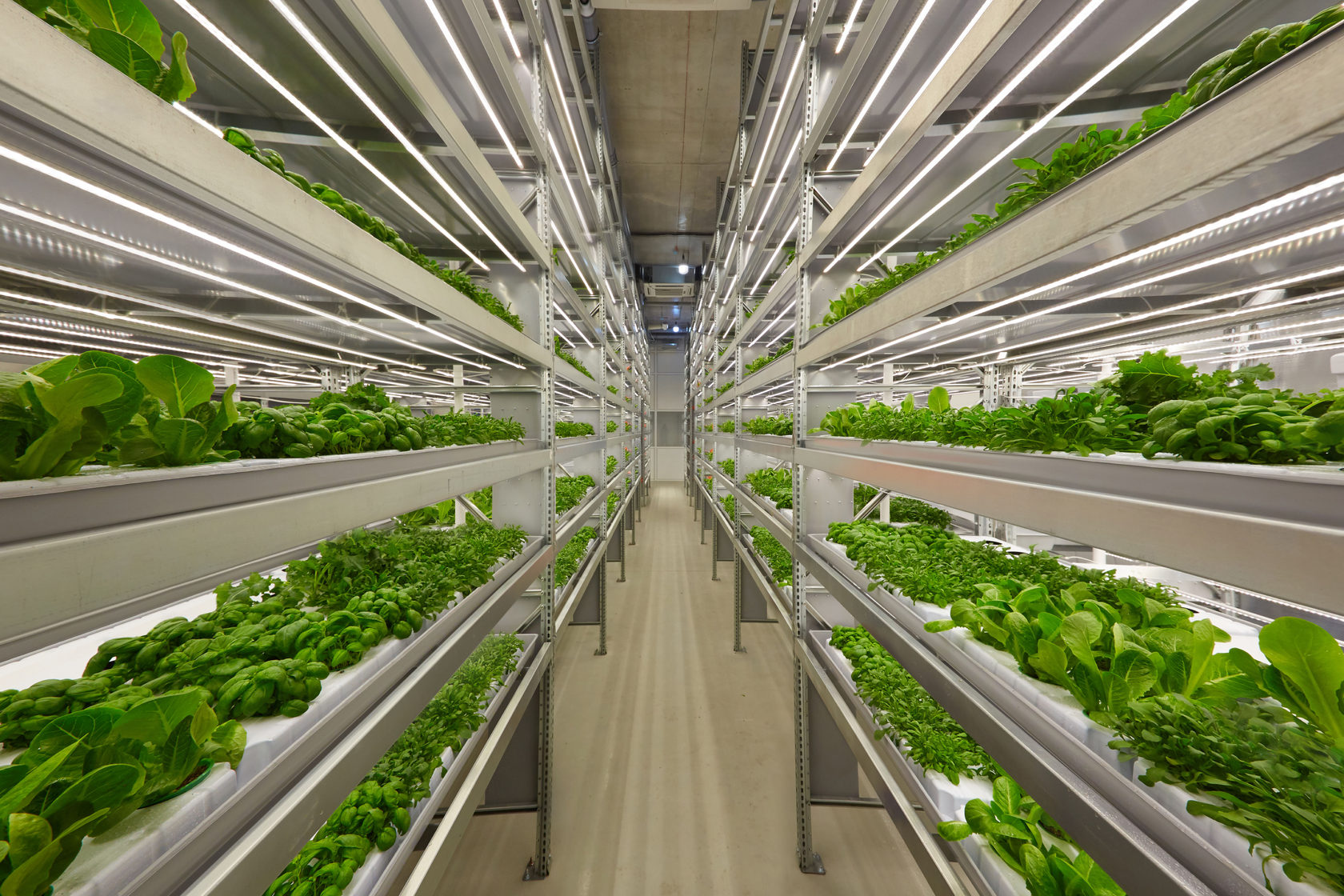
After years of financial struggles, many companies will become profitable in 2024, marking a turning point for the indoor agriculture industry. The sector has overcome initial challenges through improved growing techniques and better operational efficiency. The indoor vertical farming market is projected to expand exponentially by 2025, requiring up to 90% less land than conventional methods, making it ideal for densely populated urban areas where fresh produce access is limited.
These controlled environment systems are revolutionizing food production in cities worldwide. Plenty, the indoor vertical farming company, yields up to 350 times more per acre than conventional farming while using a fraction of the water and land resources. This technology particularly benefits regions facing water scarcity or climate change challenges, providing stable year-round food production regardless of external weather conditions.
AI and Machine Learning Transform Farm Operations
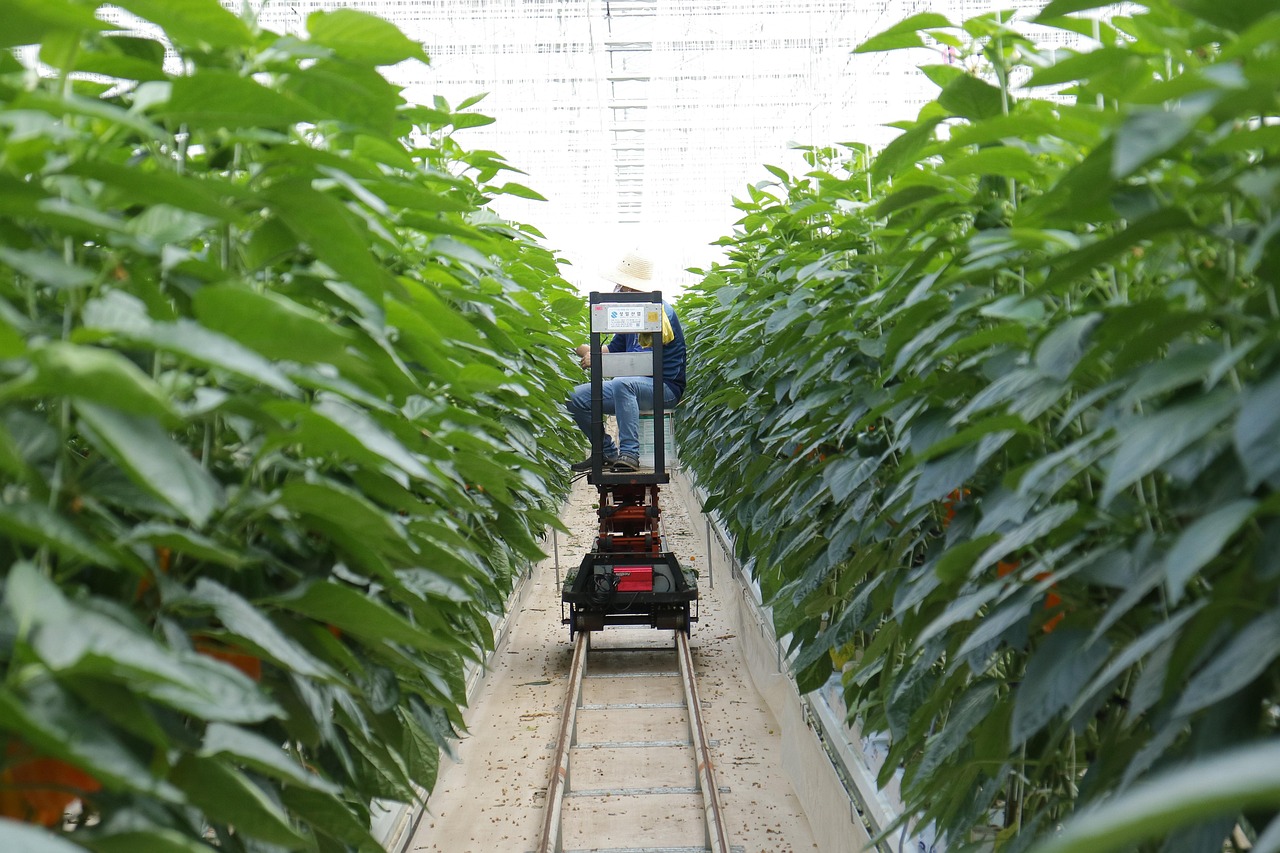
AI in agriculture is projected to grow from $1.7 billion in 2023 to $4.7 billion by 2028, demonstrating the massive investment flowing into agricultural technology. Smart farming systems now use artificial intelligence to analyze soil conditions, predict weather patterns, and optimize crop management with unprecedented precision. These systems can identify plant diseases and pest problems before they become visible to the human eye, potentially saving entire harvests.
Agricultural predictive analytics may boost crop yields by as much as 25% according to research published in the International Journal of Information Management. Farmers are embracing data-driven decision making, using machine learning algorithms to determine optimal planting times, irrigation schedules, and harvest periods. This technology revolution is making farming more scientific and less dependent on traditional guesswork.
Plant-Based Innovation Goes Beyond Traditional Substitutes

The plant-based sector continues to evolve, moving beyond traditional substitutes to innovative products like seaweed-based proteins and fungi-derived meats that appeal to health-conscious and environmentally aware consumers. Companies are developing new protein sources from algae, insects, and other sustainable ingredients that require minimal resources to produce. These alternatives offer complete amino acid profiles while dramatically reducing the environmental footprint associated with animal agriculture.
Consumer acceptance of plant-based alternatives continues growing as taste and texture improvements make these products nearly indistinguishable from animal-based foods. There’s more emphasis on clean label plant-based products and a surge in interest in beans, wholegrains, beans, and pulses which are cornerstone foods for transitioning to more sustainable agri-food systems. The focus has shifted from simply replacing meat to creating entirely new food categories that celebrate plant ingredients.
Regenerative Agriculture Gains Corporate Support
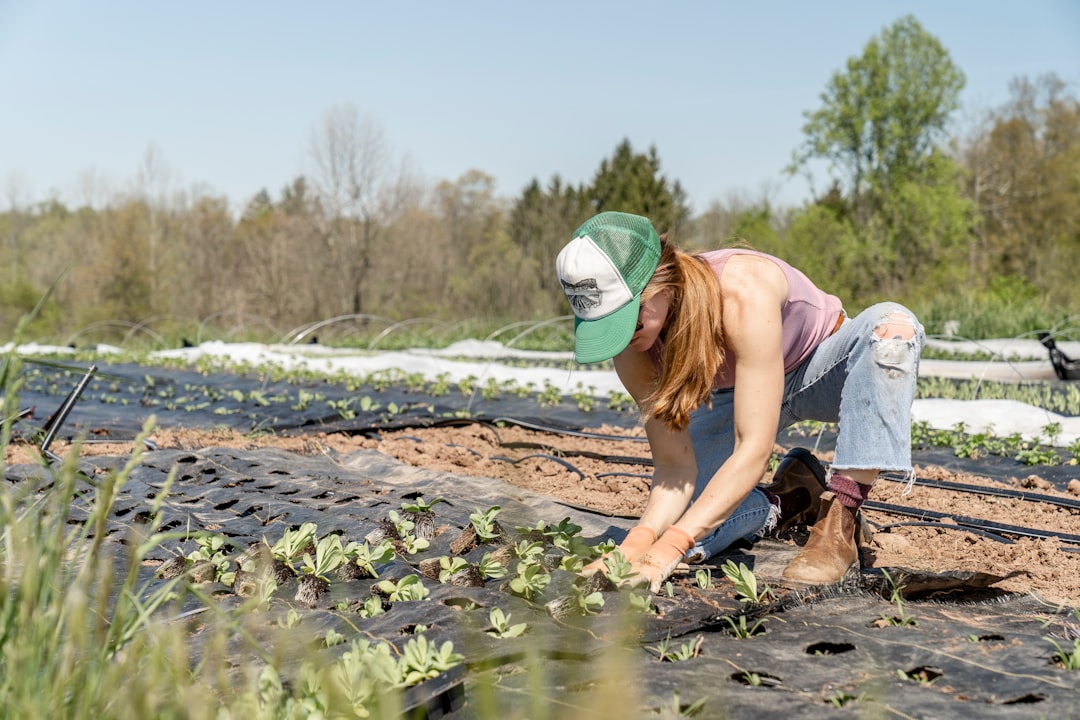
Regenerative agriculture and agroecological farming approaches reflect a rapidly changing shift in mindsets and narratives from ‘doing less harm’ to ‘restoring’ the health of people, planet, and animals. Major food companies are investing billions in regenerative practices that rebuild soil health, increase biodiversity, and sequester carbon from the atmosphere. This approach goes far beyond sustainable farming by actually improving ecosystems over time.
The financial benefits are compelling farmers to adopt these practices. Farmers who adopt these regenerative and precision agricultural methods may gain substantial financial benefits over time, with some studies suggesting profit increases as high as 120%. These methods include cover cropping, rotational grazing, and reduced tillage practices that work with natural systems rather than against them. Corporate partnerships are providing farmers with technical support and premium payments for regeneratively produced crops.
Supply Chain Transparency Becomes Non-Negotiable
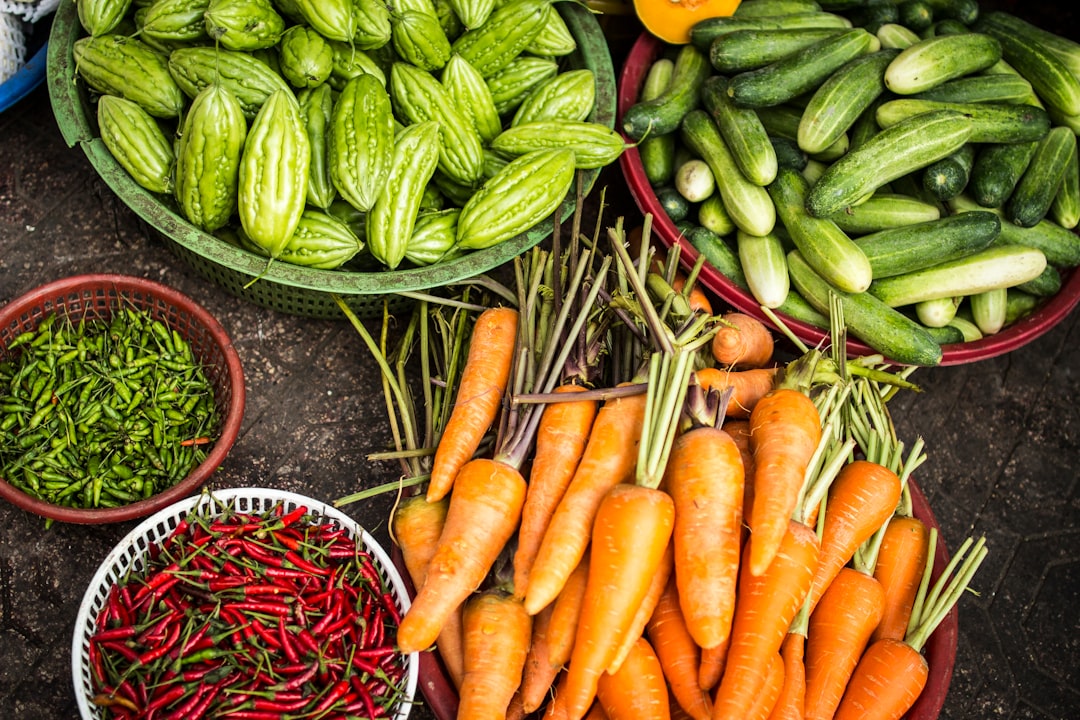
Food tech trends in 2024 are using technologies like blockchain to provide traceability across the entire food supply chain, giving consumers unprecedented visibility into how their food is produced. Companies can no longer take consumer trust for granted as buyers increasingly demand information about sourcing, processing, and environmental impact. This transparency revolution is forcing food producers to improve their practices or risk losing market share.
65% of people are now looking for food where they know for sure that farmers receive a fair price, up from sixty percent just a few years ago. Consumers want to know that their purchasing decisions support ethical labor practices and environmental stewardship. This trend is driving the development of sophisticated tracking systems that follow ingredients from farm to fork, providing detailed information about every step in the production process.
Zero Waste Food Production Captures Consumer Attention
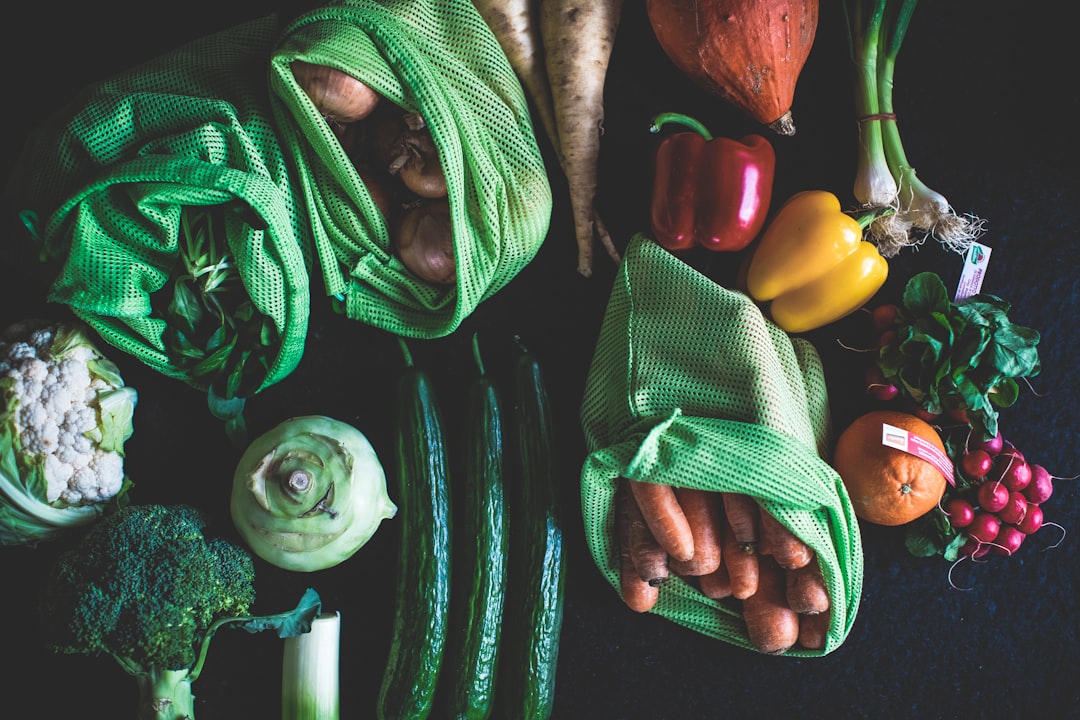
65% of consumers has an interest in food products that claim zero-waste, while 53% has an interest in food products from upcycled or repurposed ingredients, representing a significant increase in environmental consciousness. Companies are finding creative ways to use food waste streams, turning spent beer grains into flour and transforming fruit peels into nutritious snacks. This circular economy approach reduces environmental impact while creating new revenue streams.
The fight against food waste is becoming central to sustainable food production strategies. There are inspiring initiatives that minimize waste from every stage of the food production chain, with spent beer grains used to create flour for bread and leftover parts of the cacao-fruit upcycled into snacks and drinks. Technology platforms are connecting consumers with surplus food from restaurants and grocery stores, preventing perfectly good food from ending up in landfills.
Smart Water Management Systems Reduce Agricultural Impact
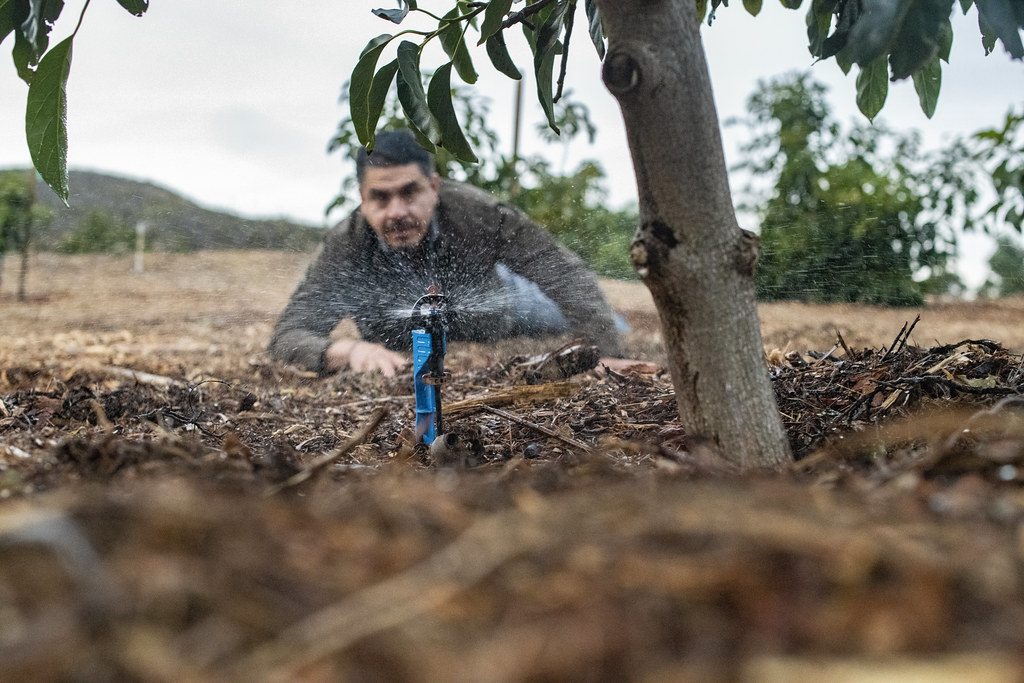
Through hydroponic and aeroponic systems, water is recycled efficiently, sometimes reducing consumption by up to 95% compared to traditional irrigation, making these technologies crucial for water-scarce regions. Advanced irrigation systems use sensors and artificial intelligence to deliver precise amounts of water exactly when plants need it, eliminating waste and improving crop health. These systems can detect leaks instantly and adjust watering schedules based on weather forecasts and soil moisture levels.
Climate change is making water management increasingly critical for food security. When combined with IoT sensors that monitor soil moisture levels and weather conditions, algorithms can decide in real-time how much water to provide to crops, with autonomous crop irrigation systems designed to conserve water while promoting sustainable agriculture. This precision approach ensures optimal growing conditions while minimizing environmental impact and reducing operational costs for farmers.
Controlled Environment Agriculture Expands Beyond Leafy Greens
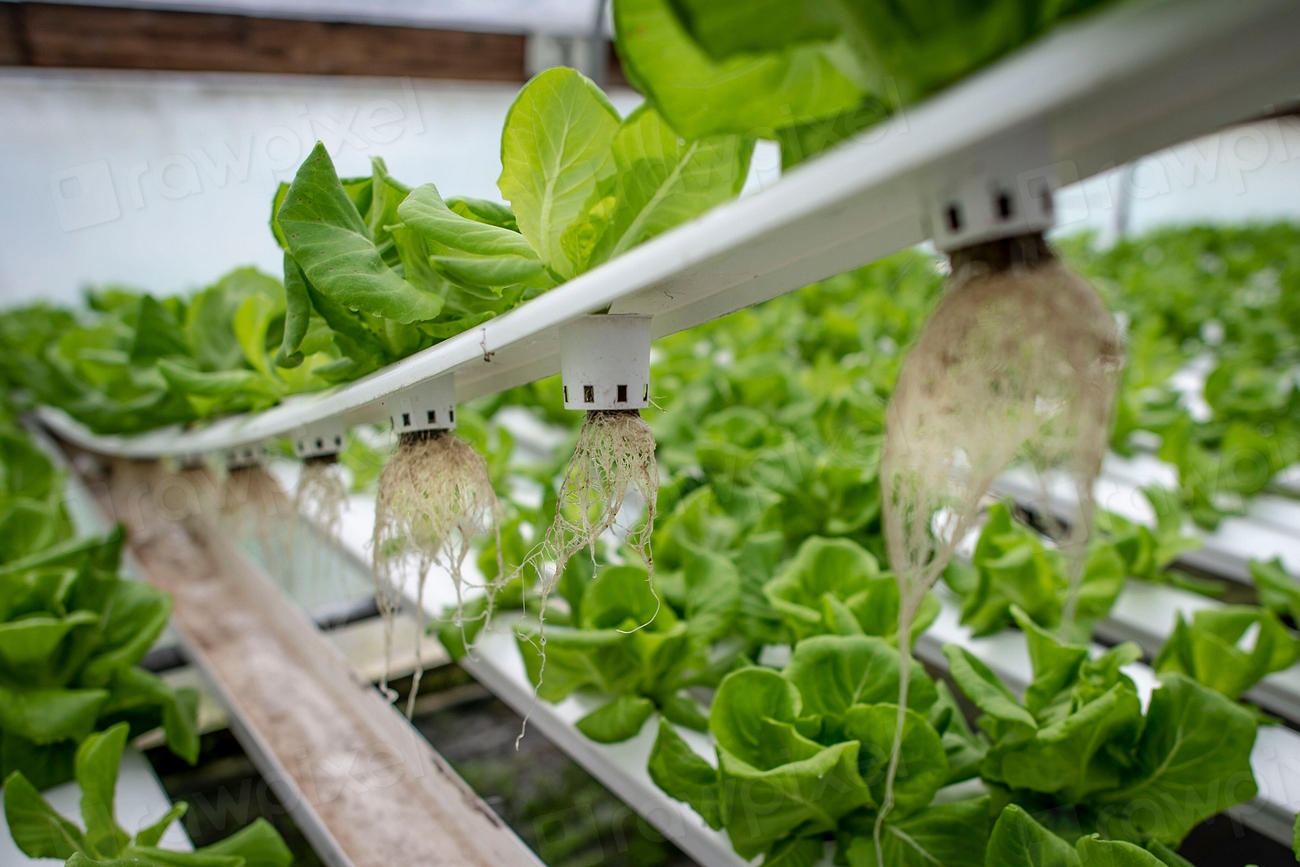
As global populations rise and environmental challenges intensify, the relevance of indoor controlled environment agriculture is rapidly increasing heading into 2025, with applications expanding to fruits, grains, and specialty crops. These systems provide precise control over temperature, humidity, lighting, and nutrients, creating optimal growing conditions regardless of external weather. The technology is moving beyond simple lettuce production to complex crops that require specific environmental conditions throughout their growth cycles.
Indoor agriculture is becoming increasingly sophisticated with smart environmental monitoring utilizing IoT devices and AI to regulate microclimates, with real-time sensing systems capturing data on temperature, humidity, light, CO2 concentration, and plant stress signals. These advances allow farmers to grow a diverse range of crops year-round in urban environments, reducing transportation costs and providing fresher produce to local communities while using minimal natural resources.
Carbon Tracking Technology Drives Sustainable Practices
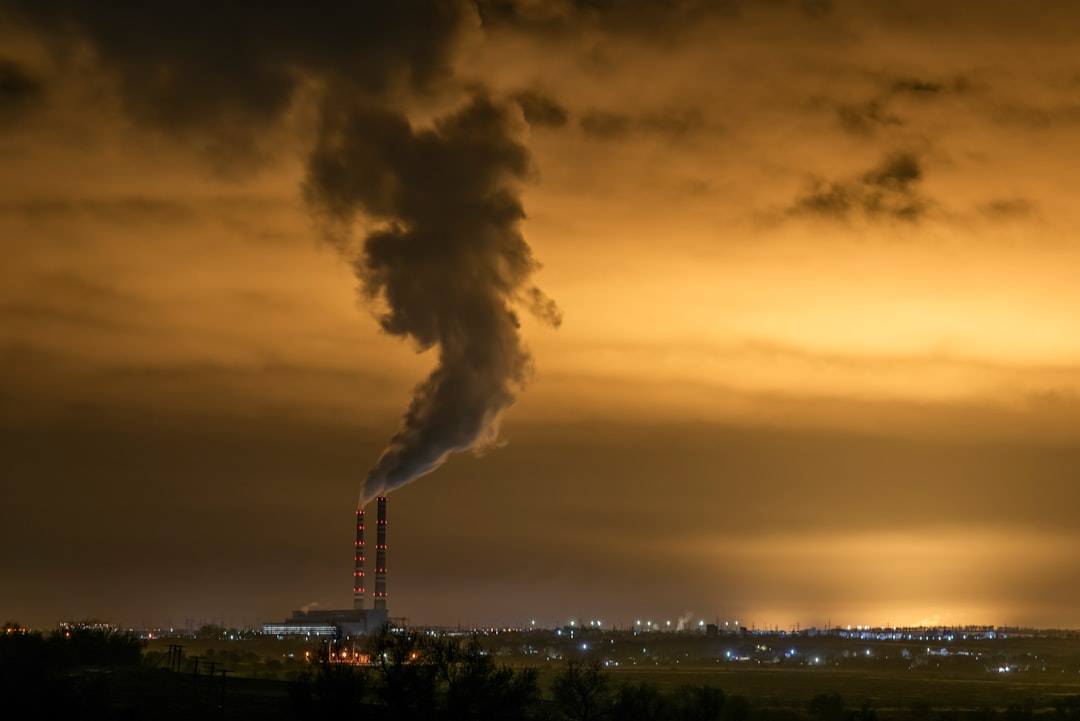
The adoption of machine learning in carbon tracking is transforming the food industry’s approach to sustainability, with trained ML models enabling food businesses to match their procurement data with comprehensive databases of emission factors. This technology provides precise insights into the carbon footprint of every ingredient, helping companies make informed decisions about their supply chains. The data empowers businesses to reduce their environmental impact while meeting increasingly strict regulatory requirements.
The Science Based Targets initiative has introduced FLAG Guidance to tackle emissions from forestry, land use, and agriculture, with food businesses adopting FLAG targets to accurately measure and reduce land-based emissions like deforestation and soil degradation. Companies are using this data to identify the most impactful areas for improvement and track progress toward sustainability goals. This systematic approach to carbon measurement is becoming essential for maintaining competitiveness in environmentally conscious markets.
Investment and Financial Innovation Support Sustainable Food
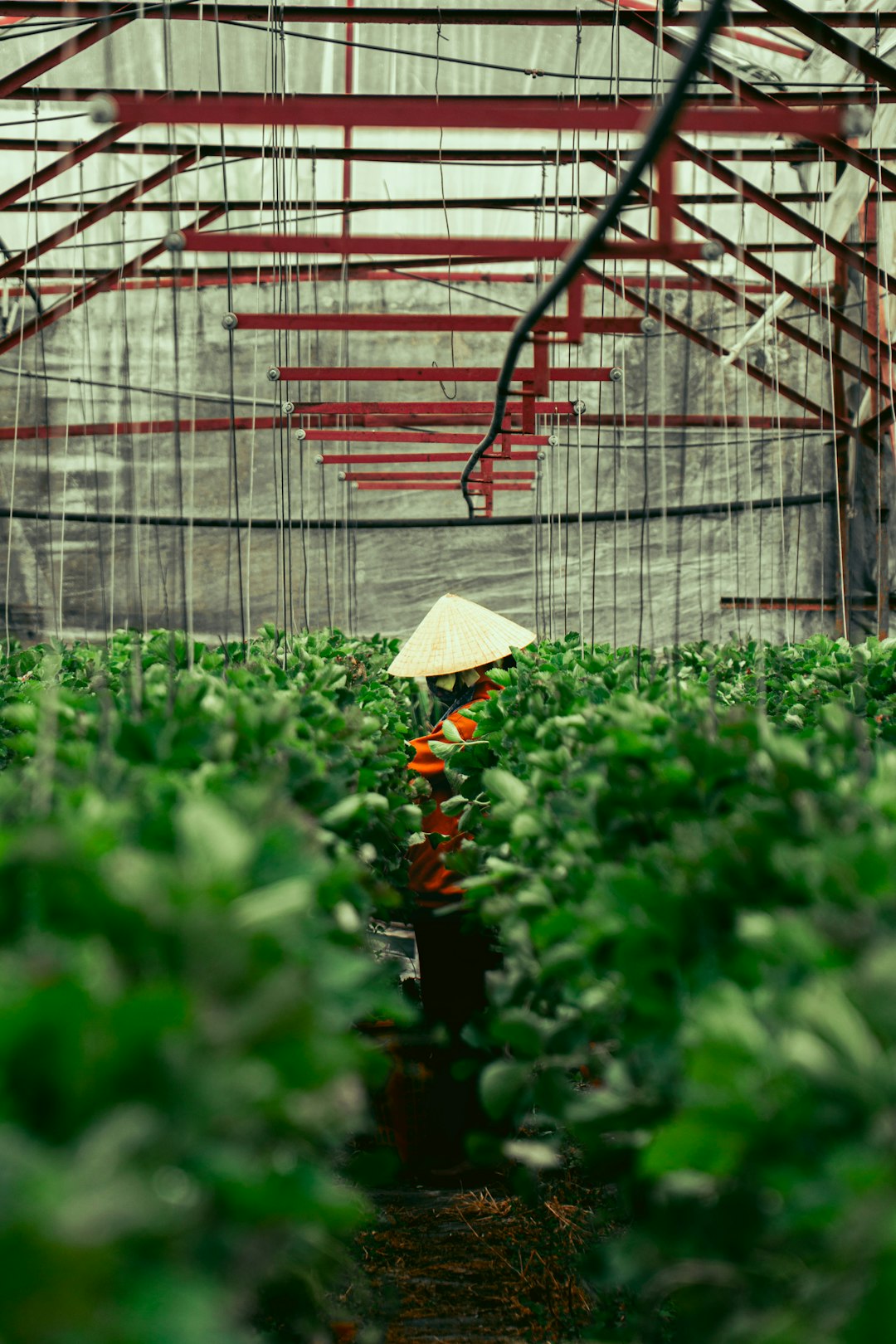
At least $300 billion is needed annually for the broader transformation of the global food industry, while the food industry only receives between 4 and 6% of global climate financing despite being responsible for thirty percent of global greenhouse gas emissions. Innovative financing mechanisms are emerging to bridge this gap, including blended finance approaches that combine public and private capital to reduce investment risks. These new funding models are making sustainable food projects more attractive to traditional investors.
A growing trend of investment in agriculture and agribusiness is largely driven by increased demand for local food, favourable investment returns, and reduced pricing volatility, with increased interest in funding local food projects creating specialized financial products. Impact investors are developing new metrics to measure both financial returns and environmental benefits, creating accountability for sustainable practices. This financial innovation is crucial for scaling up sustainable food production technologies and making them accessible to farmers worldwide.
Looking at these transformative trends, it’s clear that sustainable food production is moving from experimental concept to mainstream reality. The convergence of technology, consumer demand, and environmental necessity is creating unprecedented opportunities for innovation. From lab-grown meat to AI-powered farming, these developments are reshaping how we produce, distribute, and consume food in ways that seemed impossible just a few years ago. The question isn’t whether these changes will happen, but how quickly we can adapt to embrace them. Are you ready for the future of food production?
